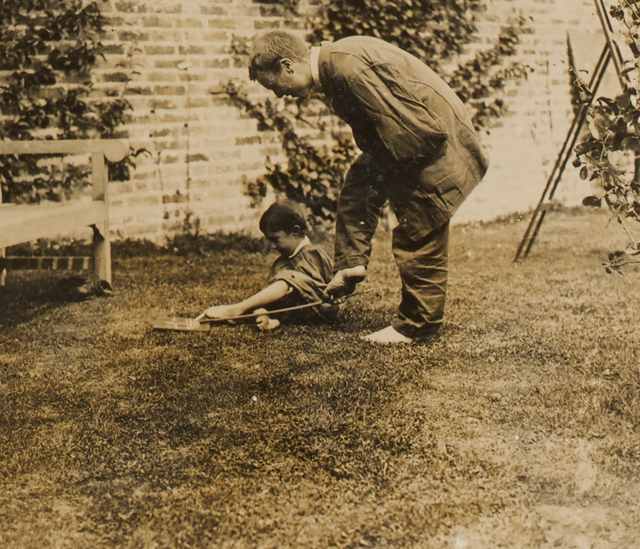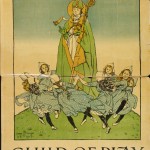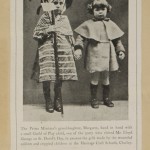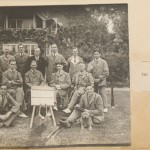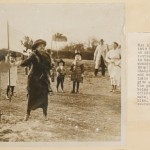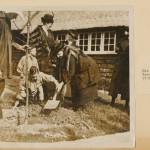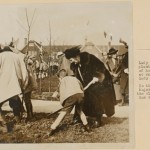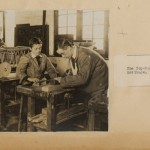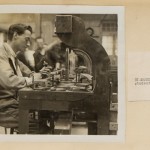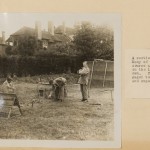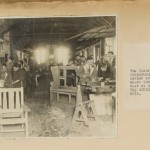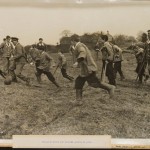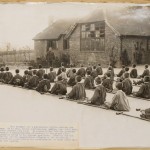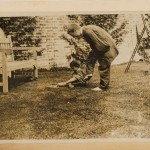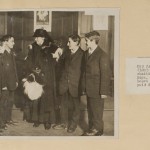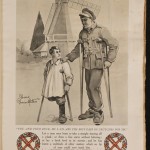Read this article to learn about how school children helped wounded soldiers.
In the years before the war there were little educational options or support for children deemed as being handicapped. In response to this absence, Grace Kimmins established the Guild of the Poor Brave Things in 1894. The Guild aimed to provide different and positive forms of education to physically handicapped children.
A result of this new movement was the creation in 1903 of the Chailey Heritage Craft School which provided room and board for handicapped children and regular structured lessons. Alongside this, Kimmins also unveiled the Guild of Play which sought to provide an alternative to activities on the rough streets of urban Britain.
Originally the school was only open for disabled boys. However, in 1908 it began to admit non-disabled girls from the Guild of Play who would be taught to become good housemaids and were taught skills such as laundry and midwifery.
When the First World War broke out and the British Army began to sustain heavy casualties; over 240,000 British soldiers lost limbs as a result of the fighting. Soon the school began to take on new and unforeseen duties as the Princess Louise Military Hospital for wounded soldiers.
A number of wounded soldiers were sent to the hospital to learn from the children how best to overcome their injuries. This ‘educative convalescence’ allowed soldiers and children to learn and play alongside each other in a safe and instructive environment. This education included agriculture, forms of industry such as toy making, and artistic classes such as painting.
Further than this, the children of the school helped construct new wooden buildings on the site which, when completed, they then moved into thus freeing up their original building for use by wounded soldiers.
The War Office closed the hospital as a place for soldiers in 1920 but it was shortly afterwards reopened as the ‘Princess Louise Special Pensioners Hospital’ by the Ministry of Pensions, where it continued to allow injured men to work alongside children.
Questions
1) What was ‘educative convalescence’?
2) Why were the children at Chailey Heritage useful in helping wounded soldiers?
3) What sort of activities would the soldiers and the children do together?
Pictures
Click here to download a copy of this resource: First World War – Educative Convalescence – students

